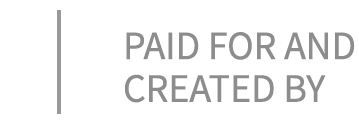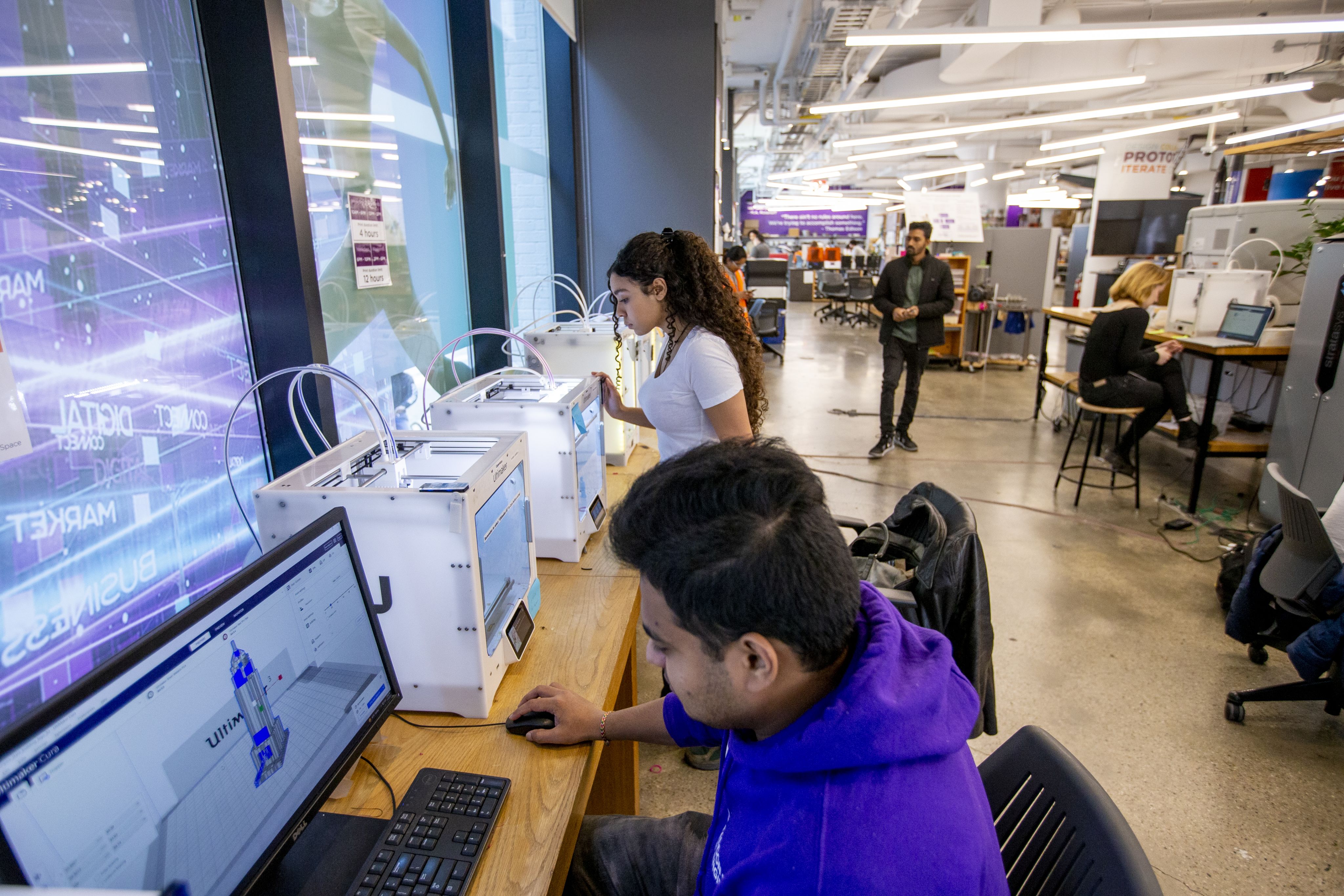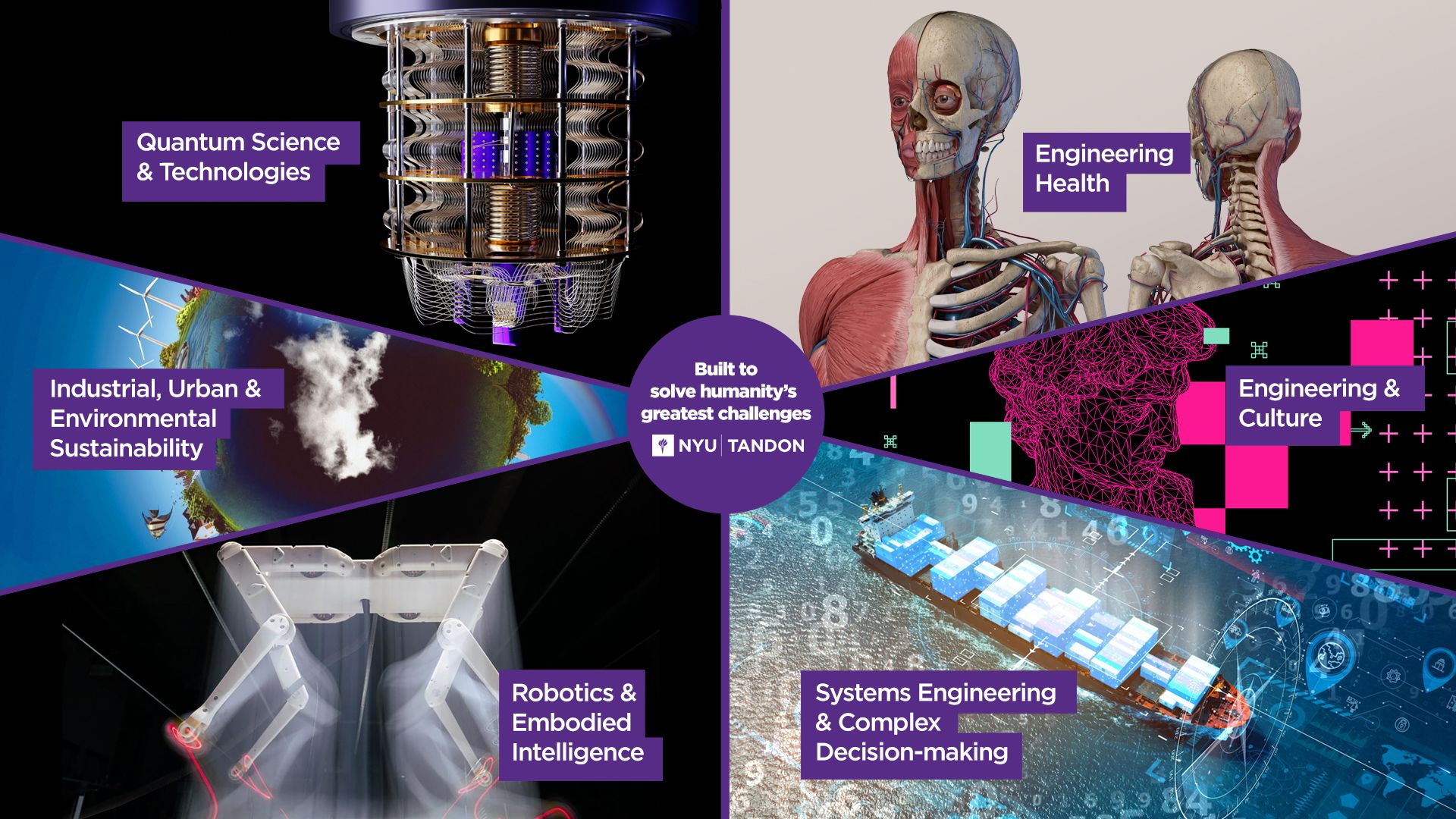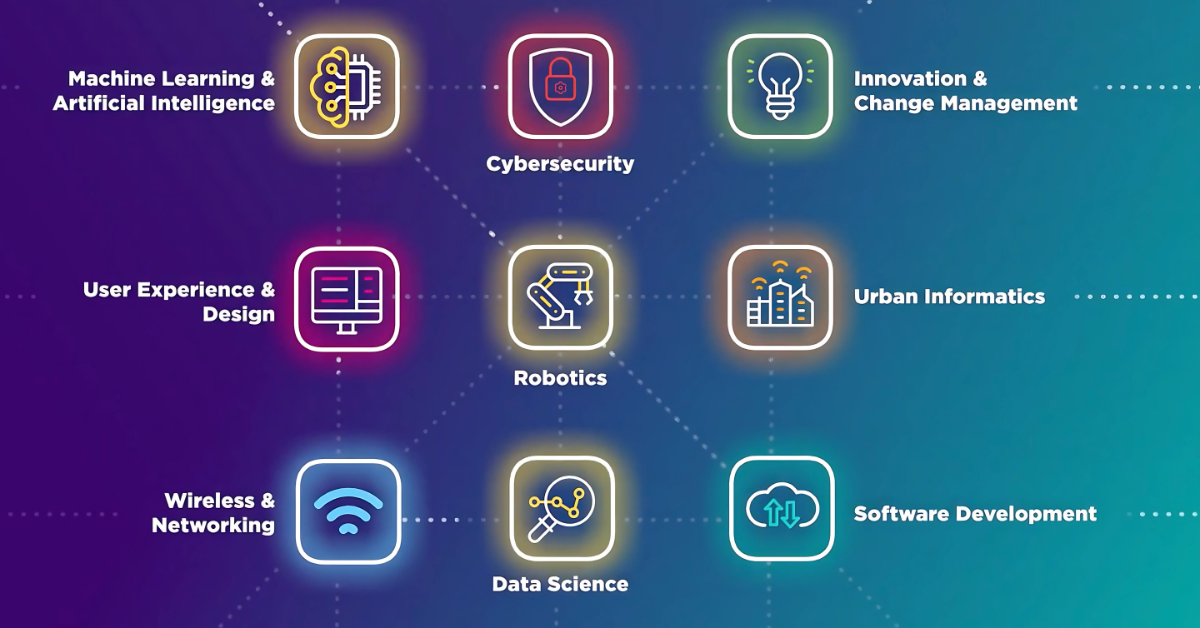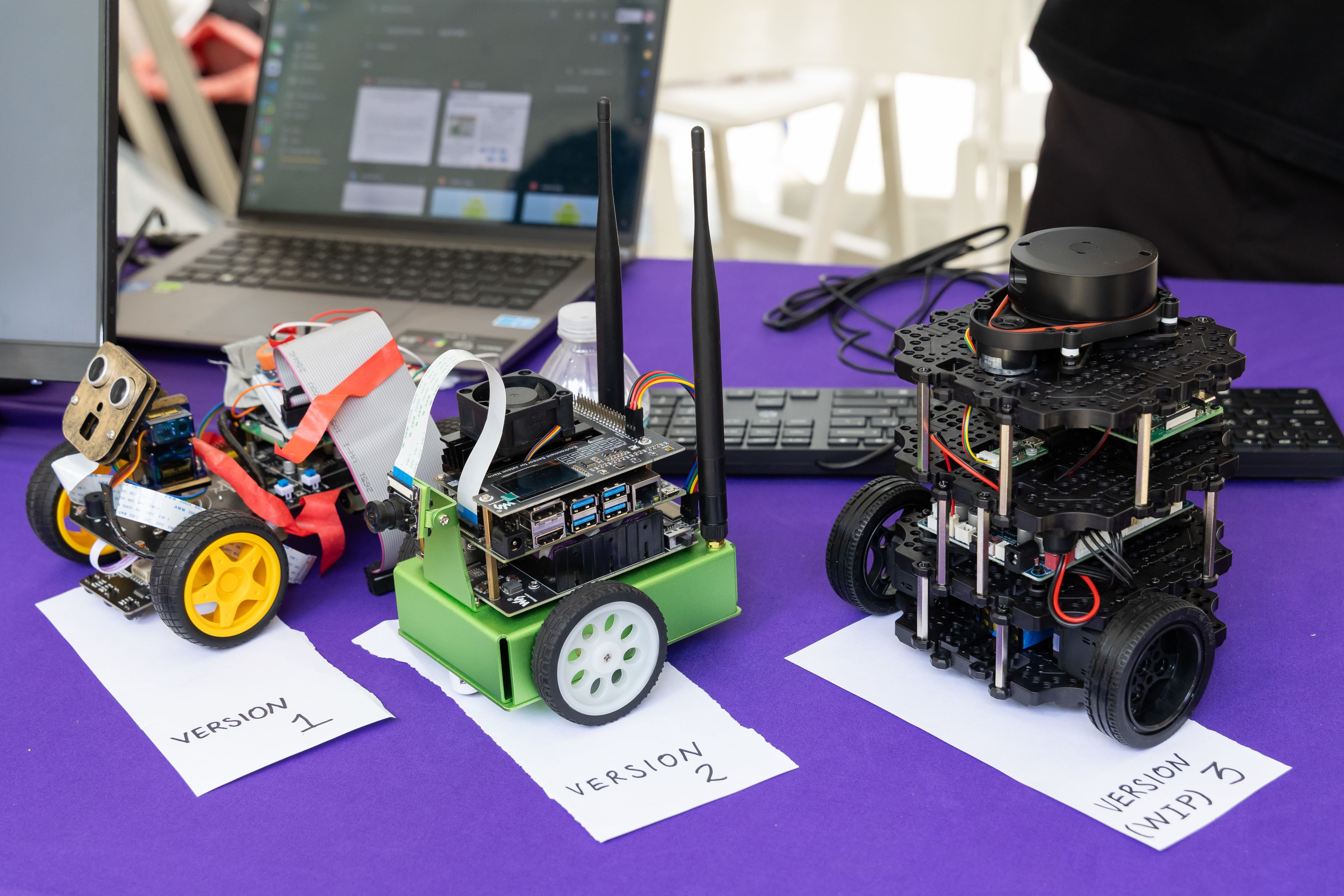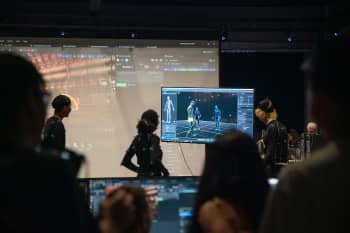Reinventing Engineering Education for the Future
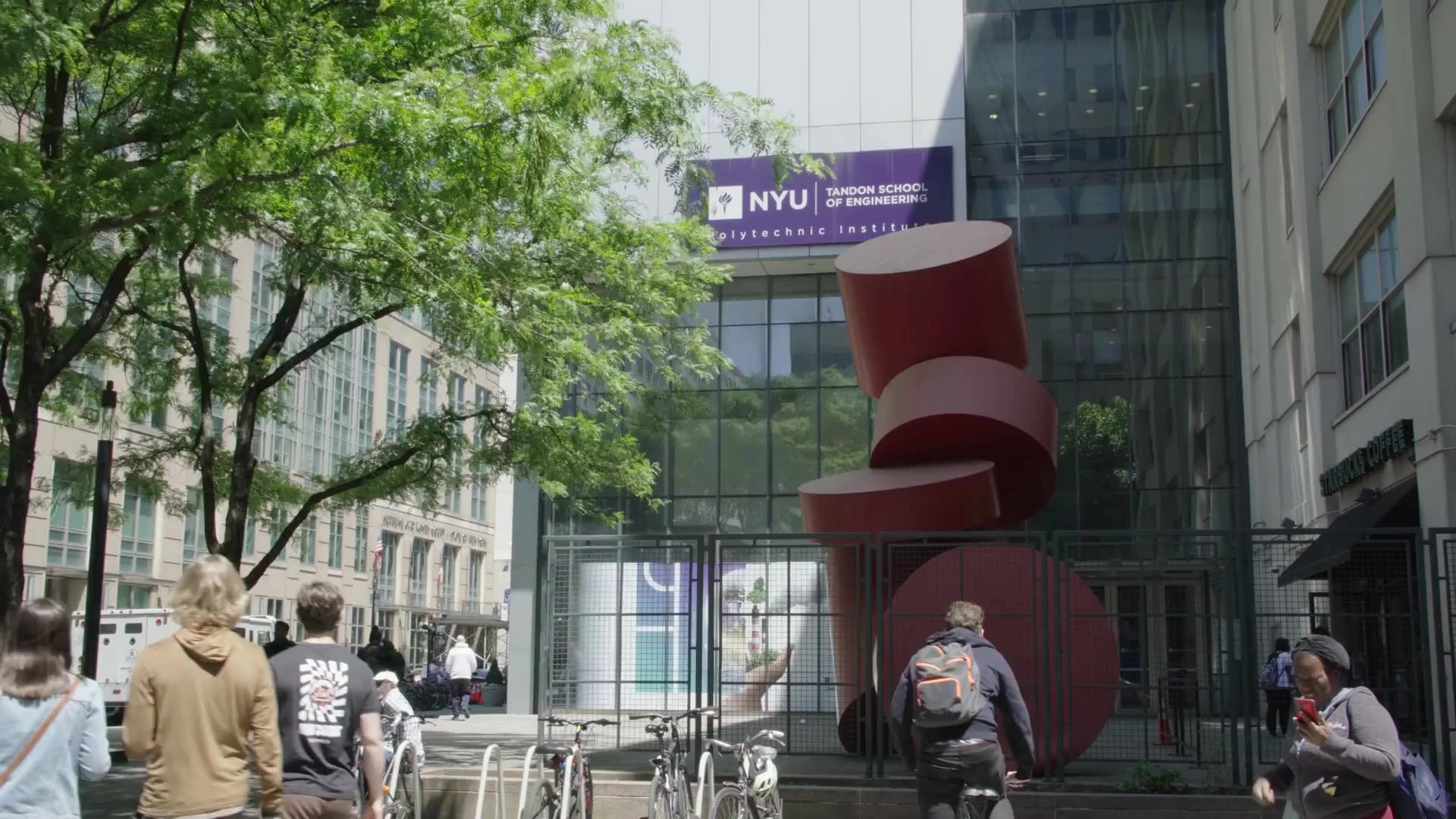
When Sylvanus Thayer established the foundational principles of American engineering education in 1867, the world moved at the pace of steam engines and telegraph lines. Students learned in rigid hierarchies, followed linear curricular tracks, mastered discrete disciplines, and graduated into careers that would remain largely unchanged for decades. That world is gone—and yet much of engineering education stubbornly persists as if it still exists.
Today's engineering students will spend their careers wrestling with problems Thayer couldn't have imagined: autoimmune diseases whose triggers weren’t discovered until the mid-20th century, quantum computers that could render current encryption obsolete overnight, and climate challenges that demand solutions spanning chemistry, policy, psychology, and urban planning. Not to mention AI driving everything, everywhere. The old educational playbook —designed for the steam-engine era but deployed in an age of quantum computing—is not just inadequate; it's dangerously obsolete.
A Changing Market, a Changing Customer
The transformation isn't just technological—it's generational. Today's engineering students arrive on campus having absorbed more information in a year through smartphones than previous generations encountered in entire lifetimes. Many have jobs, coding bootcamp certificates, or startup ideas before they've taken their first thermodynamics course. Many are already in the workforce, watching their way of working change before their eyes, looking to stay ahead and stay relevant. They're impatient with slow-moving institutions, hungry for immediate impact, and globally connected in ways that would have baffled earlier cohorts.
These students are not content to spend years on theoretical foundations before touching real problems. They want to develop solutions to cancer treatment or design more efficient energy systems while still in school.
They arrive understanding that their engineering decisions will ripple through interconnected systems at unprecedented speed and scale. An algorithm they write could influence millions of users overnight. A material they develop could reshape entire industries. A system they design could determine how cities function for decades. And they don't see this responsibility as a burden—they see it as an opportunity to make change happen faster than any generation before them.
Yet some institutions continue to serve an educational diet designed for yesterday, one that does not reflect the workplace needs of tomorrow.
Students at NYU Tandon’s MakerSpace work on designing prototypes that leverage a variety of types of production equipment, advanced machining, and testing capabilities. Credit: NYU Tandon
Students at NYU Tandon’s MakerSpace work on designing prototypes that leverage a variety of types of production equipment, advanced machining, and testing capabilities. Credit: NYU Tandon
NYU Tandon Creates a Blueprint
In the current market, expertise is rarely siloed, and the ability to solve cross-functional problems can open doors that might be closed to those who have followed a more traditional educational path. A supply chain consultant who can troubleshoot a mechanical issue on the factory floor, a chemical engineer who knows how to leverage AI, or a marketer who understands UX design will be considered value-added employees.
The magnitude of change required — administrative, cultural, logistical — to modernize a curriculum that prepares students for that kind of workforce is daunting, and no single school, faculty committee, or administrator has all the answers. But some institutions, like the NYU Tandon School of Engineering, are recognizing that success demands rapid and radical adaptation. The NYU Tandon community is embracing what might be called an allergy to the status quo—a willingness to rethink long-held traditions in favor of dismantling the barriers that have constrained engineering education. The school is embarking on a modernization of the academic experience to reflect the global, interdisciplinary, and technology-driven realities of modern engineering.
NYU Tandon’s research and education enterprise has been reorganized around six interdisciplinary areas: Industrial, urban & environmental sustainability; Quantum science & technologies; Embodied intelligence; Engineering health; Systems engineering & complex decision-making; Engineering & culture. Credit: NYU Tandon
NYU Tandon’s research and education enterprise has been reorganized around six interdisciplinary areas: Industrial, urban & environmental sustainability; Quantum science & technologies; Embodied intelligence; Engineering health; Systems engineering & complex decision-making; Engineering & culture. Credit: NYU Tandon
Tandon's Master of Science in Emerging Technologies, newly expanded to both online and on-campus, exemplifies its vision for a new kind of education that meets these demands. It’s a "build-your-own," multi-modality degree that fosters AI fluency across disciplines and lives outside of any single department; instead, the program offers courses from a variety of departments based on student interest. Students work with advisors to craft personalized curricula spanning topics like machine learning, user experience, cybersecurity, and urban informatics—combinations that would have been impossible under conventional academic silos, and that anticipate a labor market where the most valuable professionals will be action-oriented intellectual polymaths.
The Emerging Technologies program springs from a similar conviction to the one that drove NYU Tandon's Bridge Program: this generation's most transformative engineers don't emerge solely from traditional engineering tracks. They can be ambitious problem-solvers from math, physics, and computer science, of course, but they can also be graduates from business, art, and psychology who refuse to accept that technical mastery belongs only to those who started coding in middle school. NYU also recently overhauled the Bridge Program entirely to not just impart STEM fundamentals, but to mobilize diverse perspectives for an interdisciplinary future, recognizing that impactful innovation often happens at intersections everyone else ignores.
Tandon has plans to launch a slate of additional interdisciplinary programs over the next two-to-three years in quantum science and technologies, robotics, decision analytics, and biomedical engineering to prepare students for a landscape that demands deep expertise, agility, and AI fluency.
Tandon also recognizes that students want efficiency—the ability to enter the workforce sooner with advanced credentials. They are in the advanced stages of planning to complement their existing BS/MS track with a new suite of nearly a dozen “4+1” programs across disciplines. The new degrees will enable students to gain cutting-edge technical skills to go along with their undergraduate degree at an accelerated pace.
At the core of the curriculum modernization is an extensive focus on experiential learning opportunities — nearly 100% of Tandon students participate in at least two hands-on learning opportunities already, from vertically integrated projects to capstones to internships, and Tandon is aiming to increase that. The school has recently launched an undergraduate NextGen PhD research scholars program, a masters summer research program, and expanded study away options for graduate students.
NYU Tandon’s new Master’s in Emerging Technologies offers a "build-your-own," multi-modality degree that fosters AI fluency across nine disciplines and lives outside of any single department. Credit: NYU Tandon
NYU Tandon’s new Master’s in Emerging Technologies offers a "build-your-own," multi-modality degree that fosters AI fluency across nine disciplines and lives outside of any single department. Credit: NYU Tandon
The Emerging Technologies program springs from a similar conviction to the one that drove NYU Tandon's Bridge Program: this generation's most transformative engineers don't emerge solely from traditional engineering tracks. They can be ambitious problem-solvers from math, physics, and computer science, of course, but they can also be graduates from business, art, and psychology who refuse to accept that technical mastery belongs only to those who started coding in middle school. NYU also recently overhauled the Bridge Program entirely to not just impart STEM fundamentals, but to mobilize diverse perspectives for an interdisciplinary future, recognizing that impactful innovation often happens at intersections everyone else ignores.
Tandon has plans to launch a slate of additional interdisciplinary programs over the next two-to-three years in quantum science and technologies, robotics, decision analytics, and biomedical engineering to prepare students for a landscape that demands deep expertise, agility, and AI fluency.
Tandon also recognizes that students want efficiency—the ability to enter the workforce sooner with advanced credentials. They are in the advanced stages of planning to complement their existing BS/MS track with a new suite of nearly a dozen “4+1” programs across disciplines. The new degrees will enable students to gain cutting-edge technical skills to go along with their undergraduate degree at an accelerated pace.
At the core of the curriculum modernization is an extensive focus on experiential learning opportunities — nearly 100% of Tandon students participate in at least two hands-on learning opportunities already, from vertically integrated projects to capstones to internships, and Tandon is aiming to increase that. The school has recently launched an undergraduate NextGen PhD research scholars program, a masters summer research program, and expanded study away options for graduate students.
NYU Tandon’s new Master’s in Emerging Technologies offers a "build-your-own," multi-modality degree that fosters AI fluency across nine disciplines and lives outside of any single department. Credit: NYU Tandon
NYU Tandon’s new Master’s in Emerging Technologies offers a "build-your-own," multi-modality degree that fosters AI fluency across nine disciplines and lives outside of any single department. Credit: NYU Tandon
A Focus on Responsible Engineering
There is another vital factor that goes hand-in-hand with workforce preparation: All engineering curricula, especially those involving new and quickly advancing technologies, must incorporate responsible engineering principles. The pace of change doesn’t allow for a “build now, apply guardrails later” mindset. Even the most ingenious technology can cause harm without security, fairness, environmental, and safety considerations in mind — think about an AI platform for resumé screening that doesn’t factor in how the algorithms are trained, or a self-driving car software update that doesn’t account for hacking risks.
NYU Tandon will integrate responsible AI and robotics training into its curricula to prepare future engineers to design technology with awareness of its societal impact, with the support of the National Science Foundation’s Ethical and Responsible Research program. Credit: NYU Tandon
NYU Tandon will integrate responsible AI and robotics training into its curricula to prepare future engineers to design technology with awareness of its societal impact, with the support of the National Science Foundation’s Ethical and Responsible Research program. Credit: NYU Tandon
NYU is weaving responsible engineering principles into key aspects of their programs, including their Introduction to General Engineering course for first-year students, treating it as a connective tissue, as well as AI and robotics courses. Students don't just learn to optimize systems—they learn to question how those systems should exist, and how they might affect communities they'll never meet.
No “Ifs,” Just “Hows”
Even the most exciting curriculum ideas will never be implemented without institutional support and a nimble administration at the leadership level. It will also take:
- Establishing an imperative and framework for innovation
- Instituting new internal structures for fast-tracking degree approvals
- Partnering with industry to guide courses that will meet real-world needs
- Collaborating with accreditors to ensure quality, effective outcomes, and innovation are not a zero-sum game
There are admittedly barriers: for decades, change has been hindered by constraints that prize tradition, familiarity, and stability over adaptability. At some schools, limited financial resources may stymie the process. And in some states, including New York, regulatory standards designed to create accountability can hinder innovation. But the time has come to begin treating tech-driven education the way we would treat tech-products: not as singular market launches rarely re-visited, but as evolving entities in permanent beta whose capabilities and users shift with the times.
Since the 1980s, the National Academy of Engineering has called for changes in how engineering is taught, and many schools have made impressive moves towards a less-siloed, more experiential approach. And while most have, admittedly, not kept pace with technological and societal advances, they have proven that change is possible. There’s no question that our nation’s institutions of higher learning can change to meet the needs of today’s students: the only question is how – and how fast – they can do it, both within their existing systems and by building new ones.
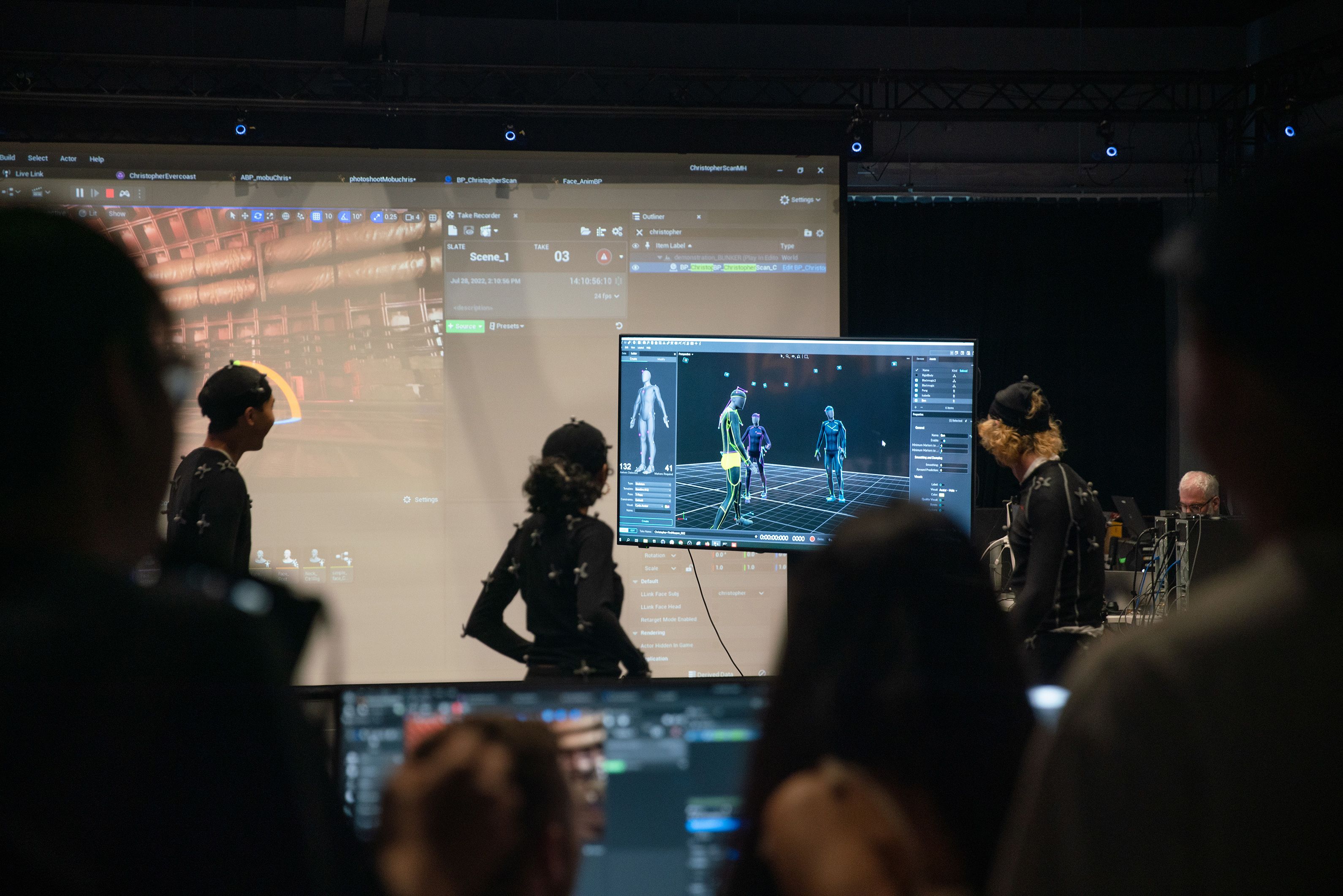
This content was paid for and created by the NYU Tandon School of Engineering. The editorial staff of The Chronicle had no role in its preparation. Find out more about paid content.


